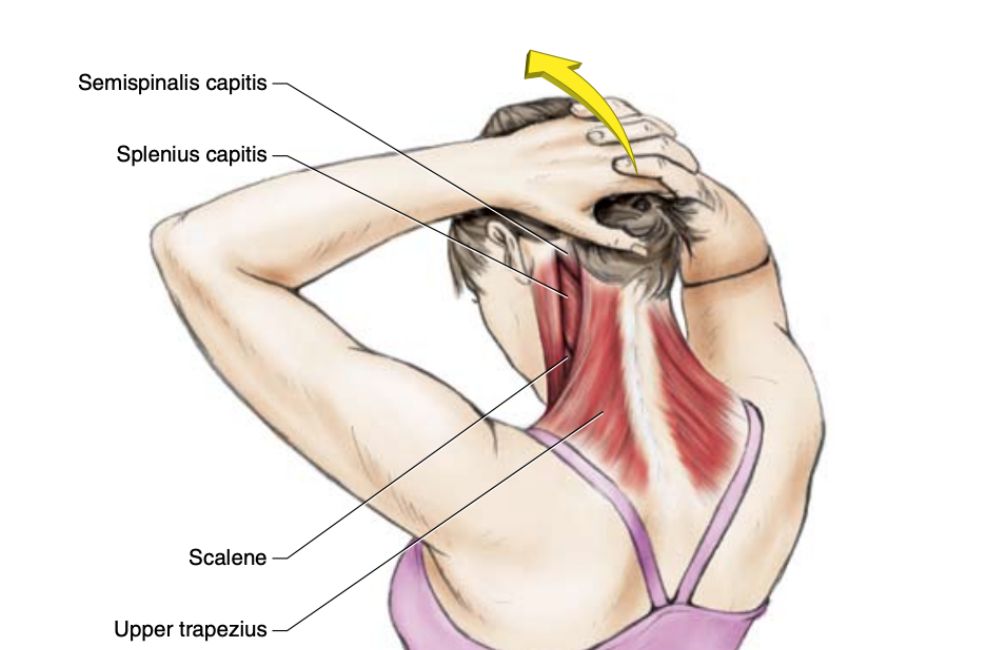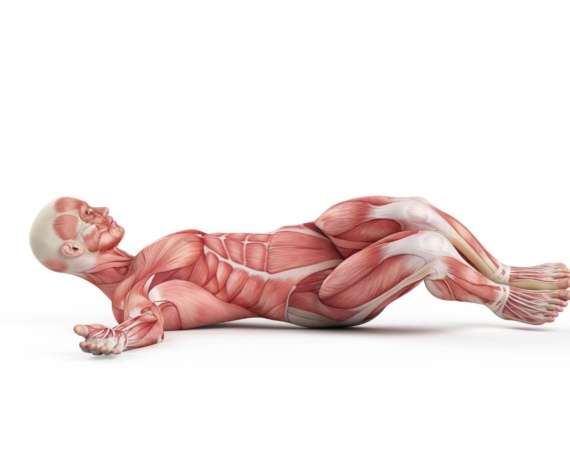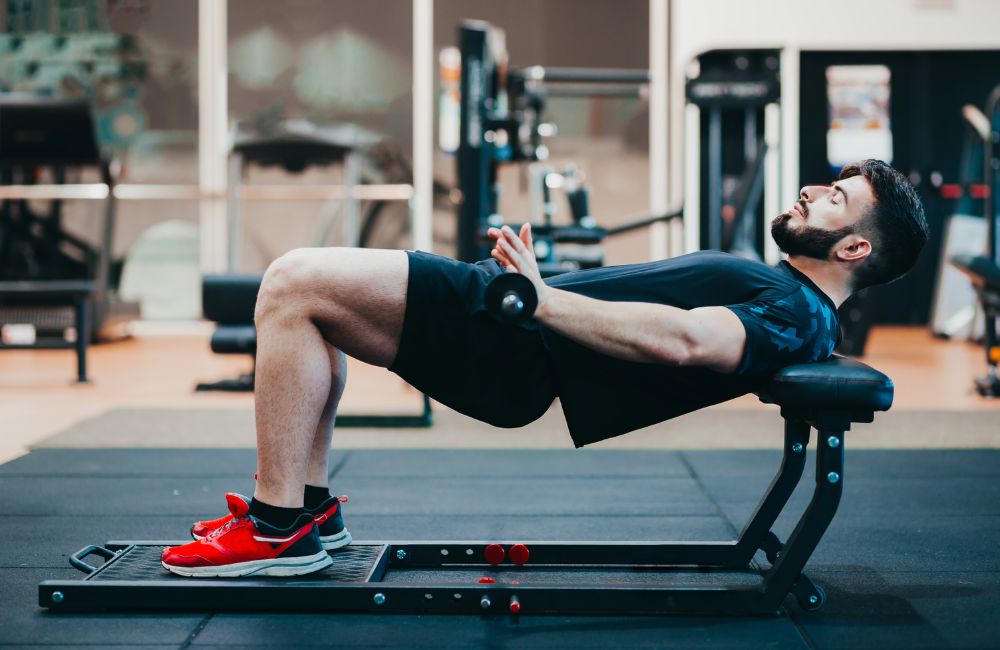
Are you eager to strengthen your hips and say goodbye to annoying back pain? Look no further than the powerful hip thrust—the ultimate game-changer for your lower body!
Hip thrusts are no ordinary exercise. They do more than just activate your glutes—they engage your hamstrings, quads, core, and hip adductors too!
It’s a full-body experience that targets key muscles responsible for stabilizing your core, pelvis, and lower body. This means a lower risk of knee pain, reduced lower back discomfort, and fewer injuries.
Plus, strong glutes are the secret ingredient to boosting athletic performance, making movements like jumping, sprinting, and changing direction feel effortless.
And let’s not forget the bonus of a lifted and sculpted backside, giving you an extra boost of confidence!
Hip Thrusts
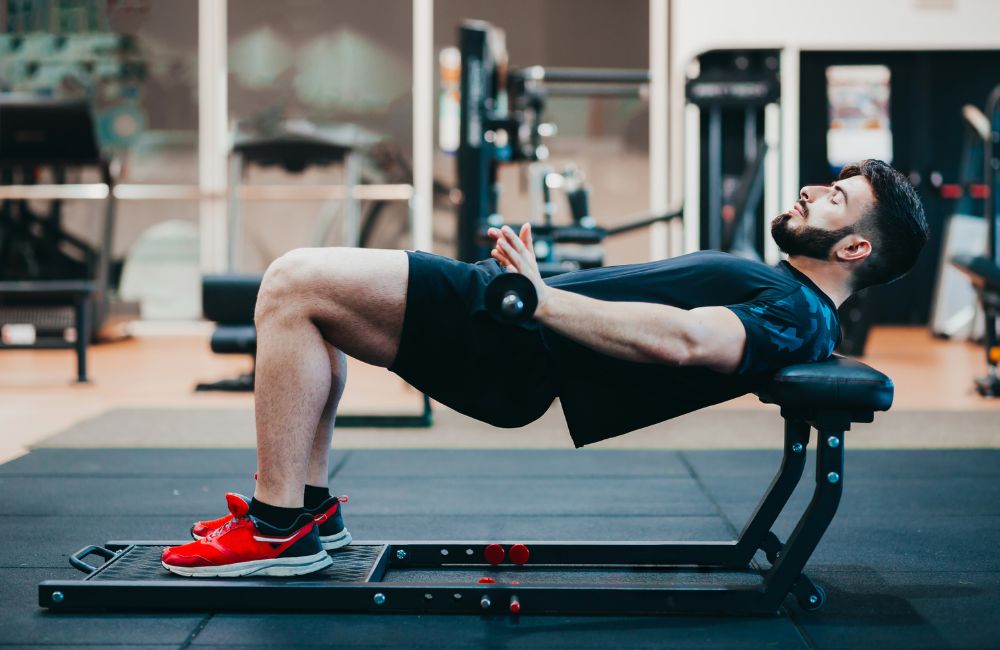
You’ll also like:
Five Hip-Opening Yoga Poses To Help Stretch Your Tight Hips
5 Best Floor Exercises and Stretches To Loosen Up Your Tight Hips
How to Do Hip Thrusts:
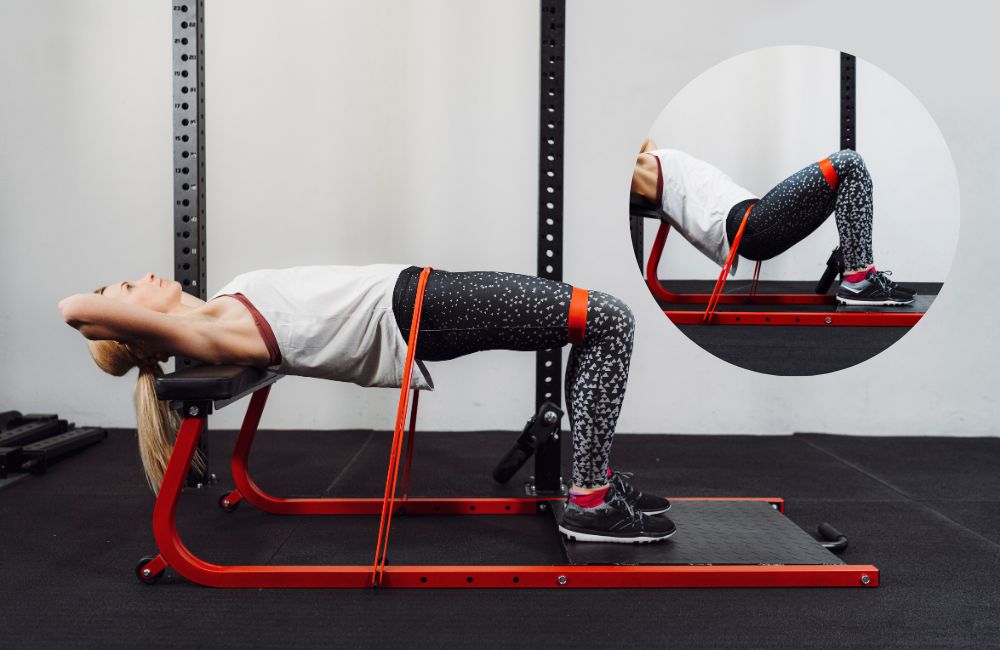
To make the most of hip thrusts and maximize their effectiveness, follow these steps:
- Find an elevated surface like a bench or box and sit against it with your knees bent and feet flat on the ground.
- Position the bench just below your shoulder blades and ensure your feet are shoulder-width apart. For added support, rest your elbows on the bench.
- Get ready to unleash your power! Push through your heels and lift your hips until your thighs are parallel to the floor, forming a perfect 90-degree angle with your legs.
- Embrace the squeeze! Contract your glutes at the top of the movement and hold for a triumphant moment before gracefully returning to the starting position.
Muscles Worked by Hip Thrusts:
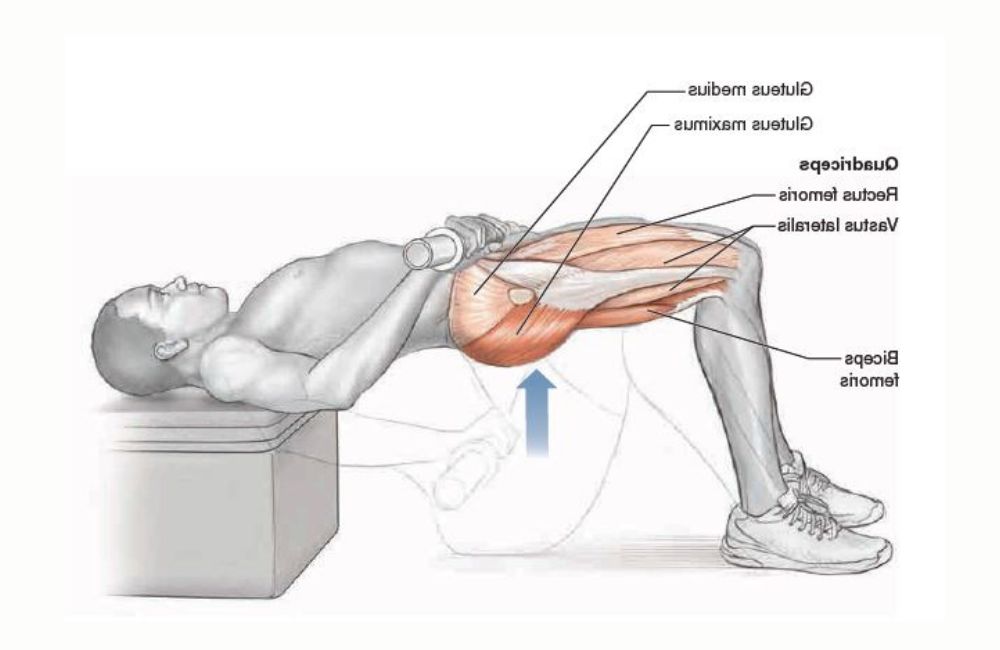
Hip thrusts engage multiple muscle groups, providing a comprehensive workout for your body. Let’s break down the muscles targeted by hip thrusts:
- Glutes: The gluteal muscles, including the gluteus maximus, medius, and minimus, play a primary role in hip thrusts. These muscles stabilize the hips and pelvis, performing hip extension, abduction, and external rotation.
- Hamstrings: Situated at the back of your thighs, the hamstrings work alongside the glutes during hip thrusts, aiding in hip extension and creating powerful movements.
- Quadriceps: Although hip thrusts primarily focus on the glutes and hamstrings, the quadriceps muscles at the front of your thighs also contribute. They assist in knee extension during the upward phase of the movement.
- Core: Your core muscles, including the rectus abdominis, obliques, and transverse abdominis, provide stability to your spine and pelvis during hip thrusts. This engagement maintains proper form and prevents excessive strain on the lower back.
- Hip Adductors: While hip adductors are less involved, these inner thigh muscles contribute to overall stability during hip thrusts.
Benefits of Hip Thrusts:
Hip thrusts offer several advantages:
- Engages multiple muscle groups: Hip thrusts work your glutes, hamstrings, quadriceps, core, and hip adductors, giving you a full-body workout.
- Stabilizes your core and pelvis: By strengthening these muscles, hip thrusts enhance core and pelvic stability, reducing back discomfort and improving posture.
- Reduces knee pain: Weak glutes and imbalanced hip muscles can contribute to knee pain. Hip thrusts target and strengthen these areas, alleviating knee pain and lowering the risk of knee-related issues.
- Alleviates lower back discomfort: Strengthening the glutes and core provides support to the lower back, reducing strain and discomfort.
- Decreases the risk of injuries: Strong and activated muscles from hip thrusts enhance stability, reducing the risk of injuries during lower body movements and changes in direction.
Starting Out and Progression:
If you’re a beginner, start with 3 sets of 12 reps and gradually increase the challenge over time. As you build strength, progress to 20 reps using only your body weight before exploring advanced variations. With hip thrusts, you have limitless potential to reach new fitness heights!
Hip Thrusts with a Bar:
For those seeking an extra challenge, incorporate a barbell into your hip thrusts. Barbell hip thrusts provide added resistance, promoting greater strength and muscle development. Elevate your hip thrust game with this advanced variation.
Hip Thrust Workout:
Make hip thrusts a staple in your fitness routine by including them in a full-body workout or dedicating a day solely to training your legs.
Ensure you allow ample time for your hardworking legs to recover when combining hip thrusts with exercises like squats and deadlifts. This creates a balanced and effective workout routine.
Preparing for Success:
Prioritize a proper warm-up routine before performing hip thrusts. Engage in 5-10 minutes of light cardio exercises to increase blood flow and warm up your muscles.
Follow it up with dynamic stretches to enhance flexibility and reduce the risk of injuries, preparing your body for the challenges ahead.
Avoiding Common Mistakes:
To achieve optimal results from your hip thrusts, avoid common mistakes:
- Aim for a full range of motion, bringing your thighs parallel to the ground and achieving the ideal 90-degree angle with your legs to activate your glutes fully.
- Find the perfect foot placement, avoiding extreme positions. Placing your feet too far forward emphasizes certain muscles over others, compromising the effectiveness of the exercise.
Hip Thrusts vs. Glute Bridges:
Although hip thrusts and glute bridges may seem similar, it’s crucial to understand their distinct benefits.
Glute bridges, performed on the ground, primarily target the quads with less emphasis on the hamstrings. Consider this distinction when designing your workout routine to optimize your training regimen.
By mastering hip thrusts and incorporating them into your fitness routine, you’ll reap the rewards of a stronger lower body, improved posture, and reduced risk of injuries. Strengthen your hips, prevent low back pain, and embark on a journey toward a fitter and healthier you!

